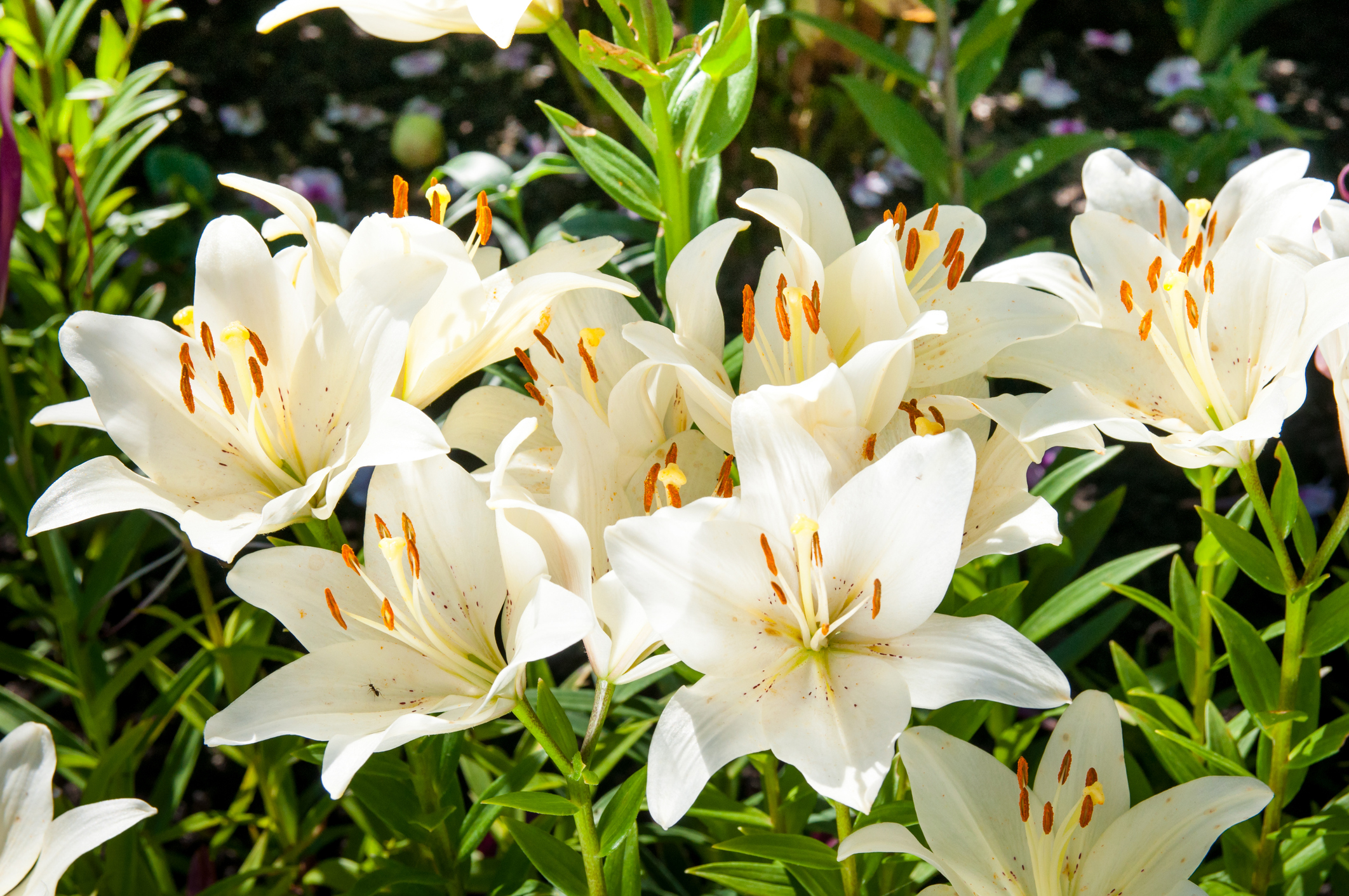Holiday favorite can continue to grow outside with proper care
Easter lilies, a traditional holiday symbol of hope and purity, may not yet be done for the year.
Kansas State University horticulture expert Cynthia Domenghini said that although Easter lilies are not reliably hardy in Kansas, a few simple steps can give them a chance to survive outdoors.
Those include:
- After the flowers have faded, remove the flower stalk so that the plant’s energy doesn’t go toward making seed.
- Keep the plant inside until the danger of frost is past. Keep soil moist, but never waterlogged. Don’t allow water to sit in the tray. Continue to fertilize.
- The pot can be moved outside when frost is no longer a concern. Sinking the pot into the soil up to the brim and placing in dappled shade will help reduce watering. Continue to water and fertilize until the top growth dies down.
- Choose a sunny, well-drained spot for planting. Good drainage is vital for lilies Incorporate organic matter, such as compost, into the soil to improve water holding capacity and drainage.
- Plant the bulbs 6 inches deep and 12 to 18 inches apart and water well. Mulch to conserve moisture. New growth may appear later in the summer or the plant may stay dormant until the following spring.
- Cover the plants in the fall after the foliage has died down with straw, pine needles, wood chips or other types of mulch to help protect the plant over winter. Use four inches of straw or three inches of any of the other materials.
- Uncover the plants in the spring to allow new growth to appear, and fertilize according to results of a soil test.
Domenghini and her colleagues in K-State’s Department of Horticulture and Natural Resources produce a weekly Horticulture Newsletter with tips for maintaining home landscapes and gardens. The newsletter is available to view online or can be delivered by email each week.
Interested persons can also send their garden and yard-related questions to Domenghini at [email protected], or contact your local K-State Research and Extension office.




